テンション in Japanese is quite different from its origin “tension.” This post explains what it actually means and how it is used in the Japanese language.
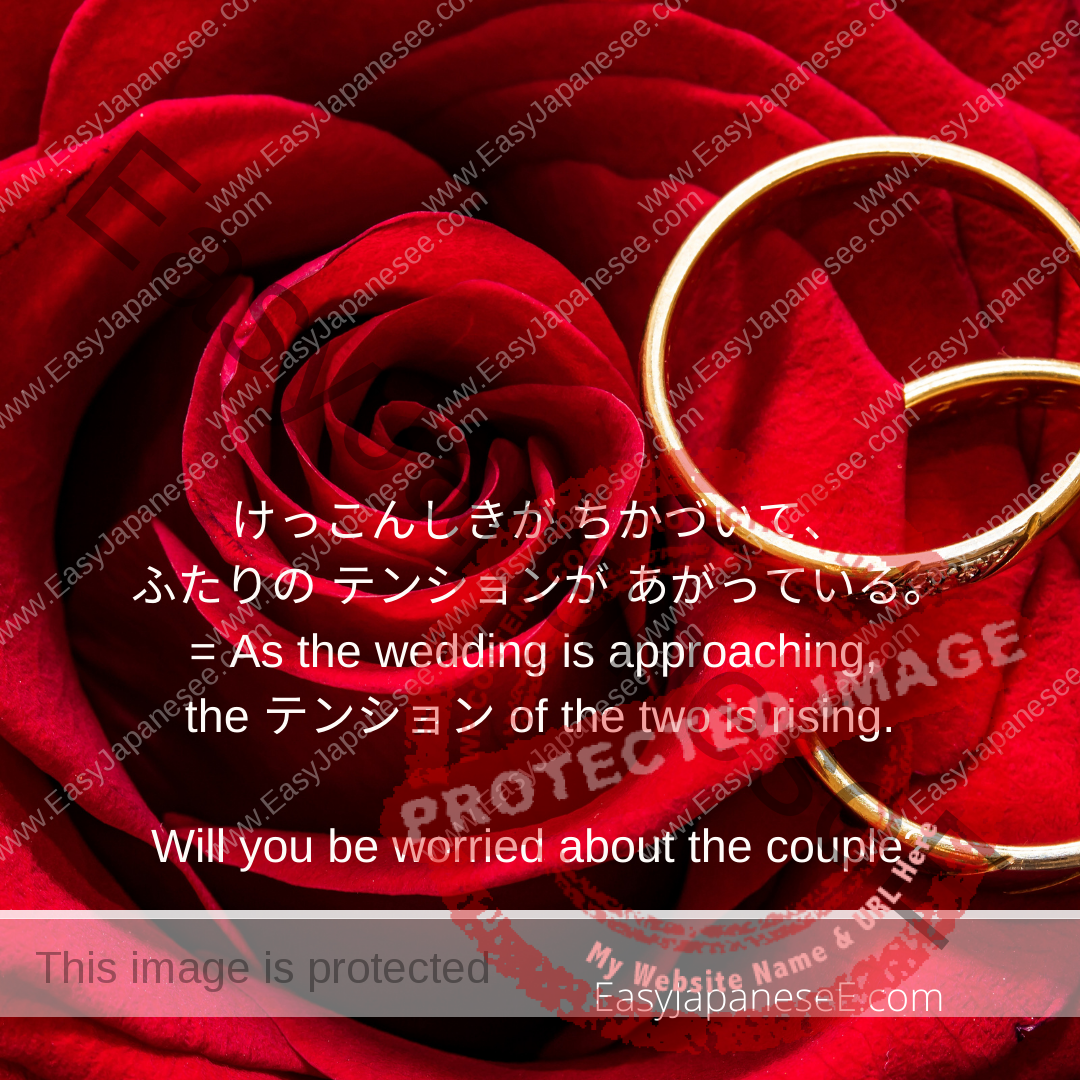

テンション in Japanese is quite different from its origin “tension.” This post explains what it actually means and how it is used in the Japanese language.
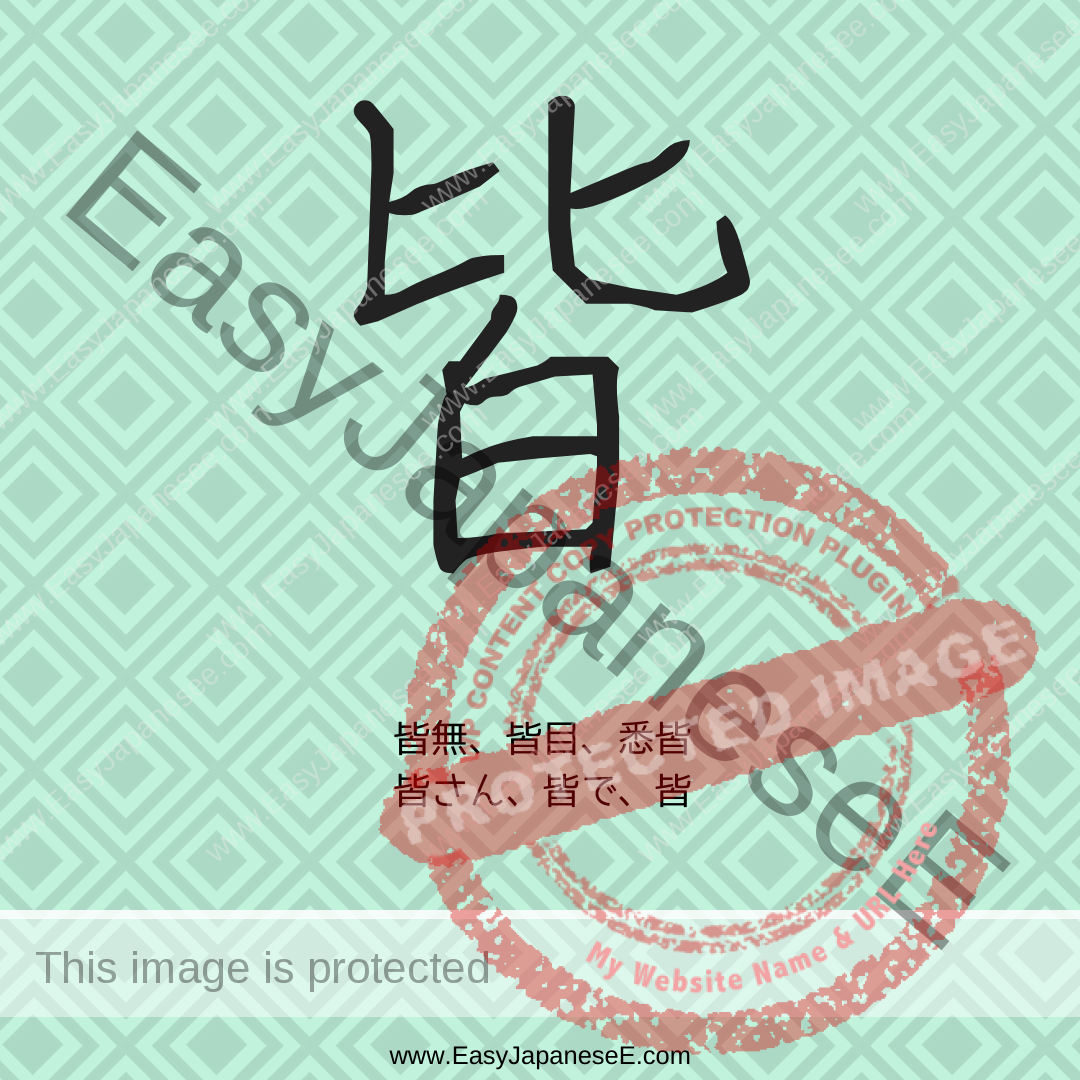
Today’s #kanji is #皆, which is a compound ideograph between 比 and 白. 比 has the meaning of “to line up” and 白 has the meaning of “to state.” So can you guess what 皆 means?
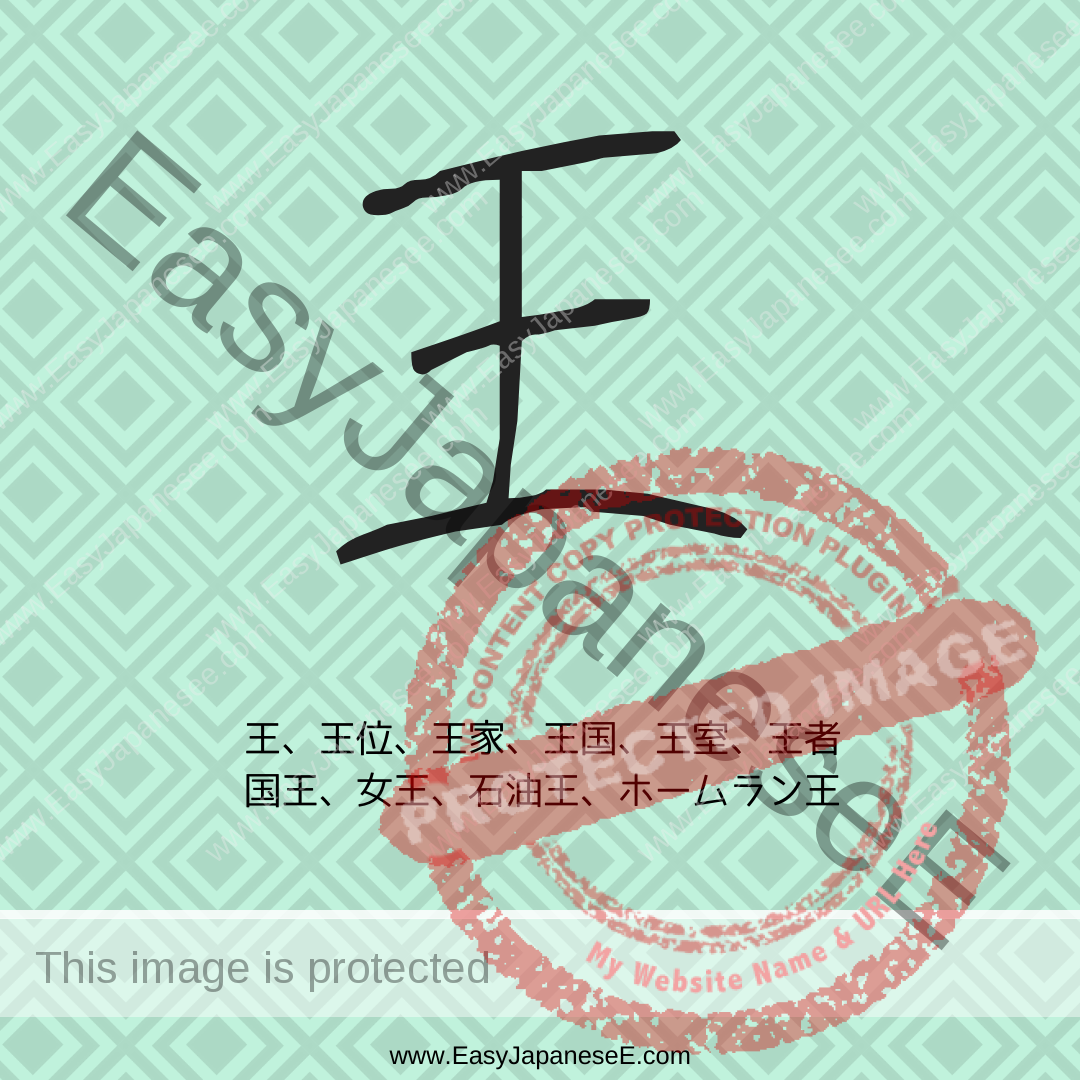
Today’s #kanji is #王, which is listed under the radical of #たまへん(玉). 王 is a pictograph depicting a broad-ax, which is a symbol for sovereignty.
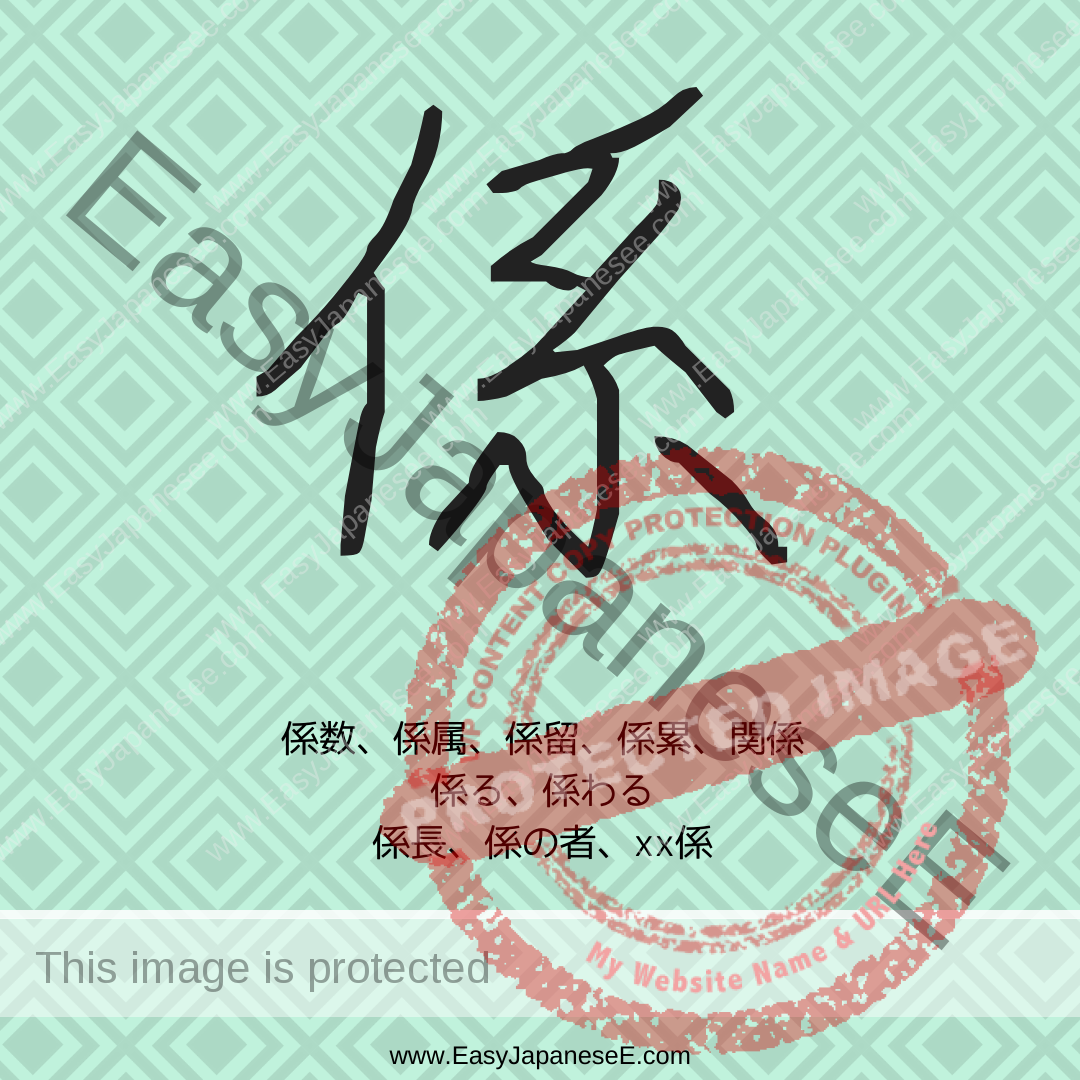
Today’s #kanji is #係, which is made of its semantic element of #にんべん(亻) and phonetic element of 系. 系 has a meaning of “to connect.” Can you guess what 係 means then?
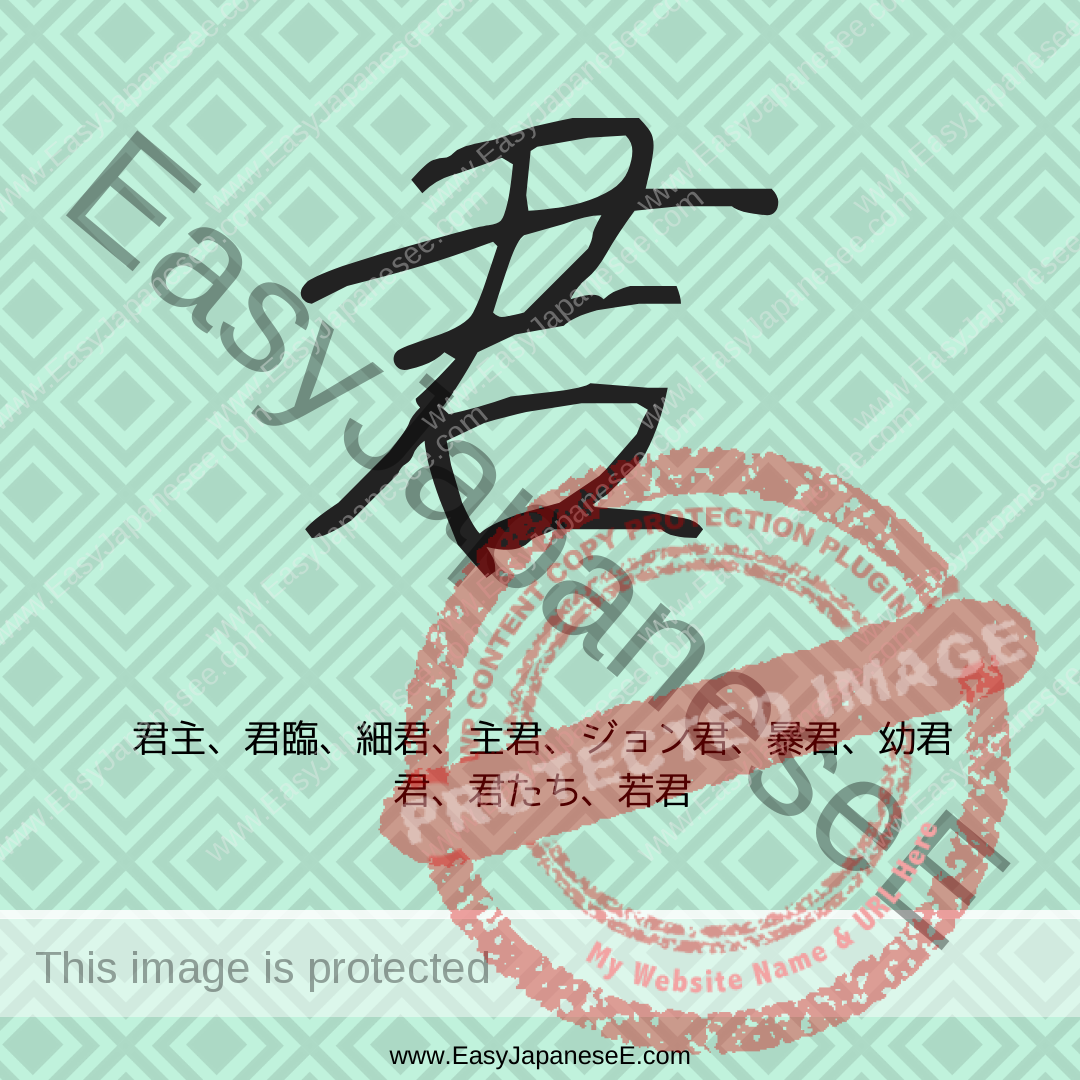
Today’s #kanji is #君, which is listed under the radical of #くち(口) and it is an compound ideograph between 尹 (a ruler) and 口 (an order).
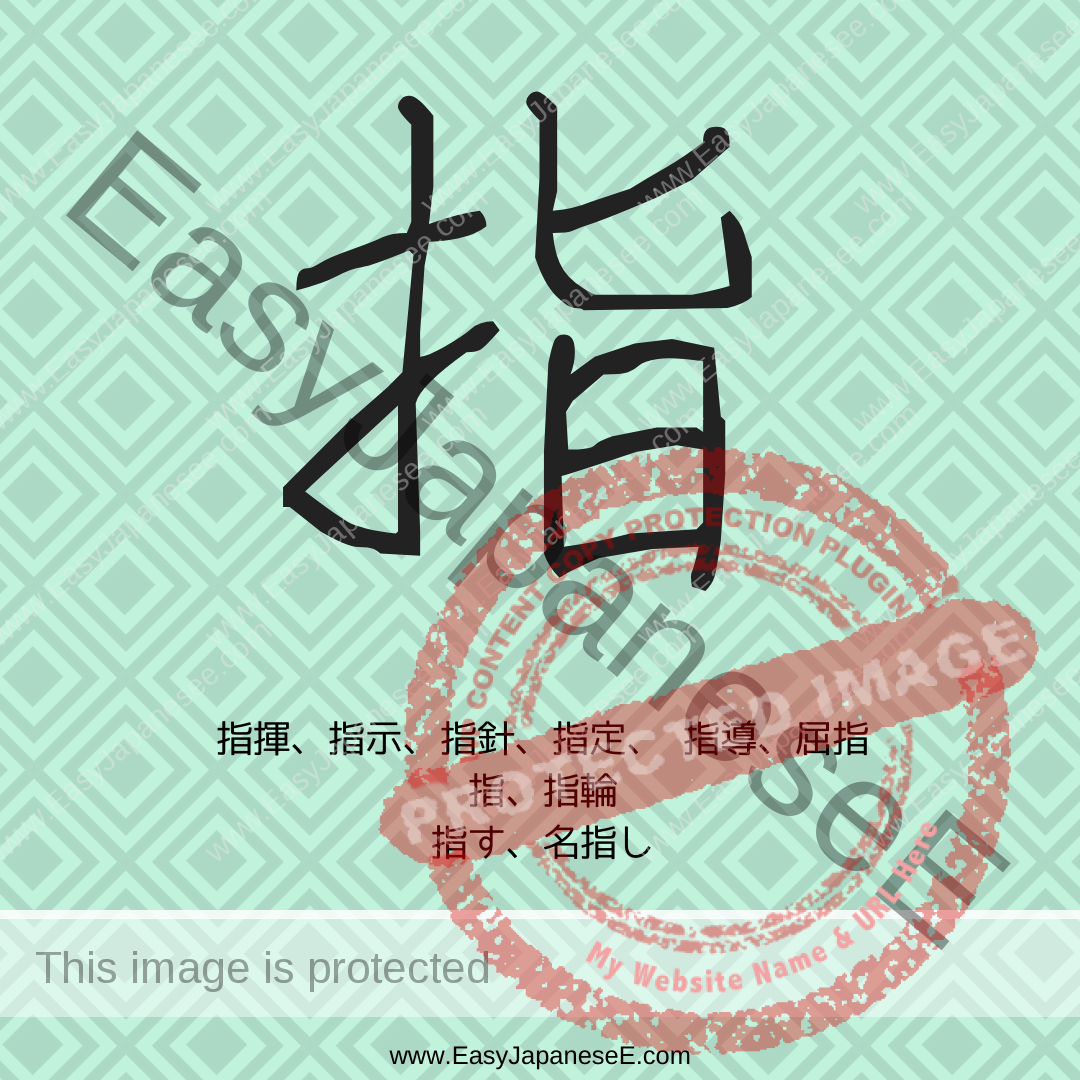
Today’s #kanji is #指, which is made of its semantic element of #てへん(扌) and phonetic element of 旨 and it means fingers. Check the name of each finger in your hand here!
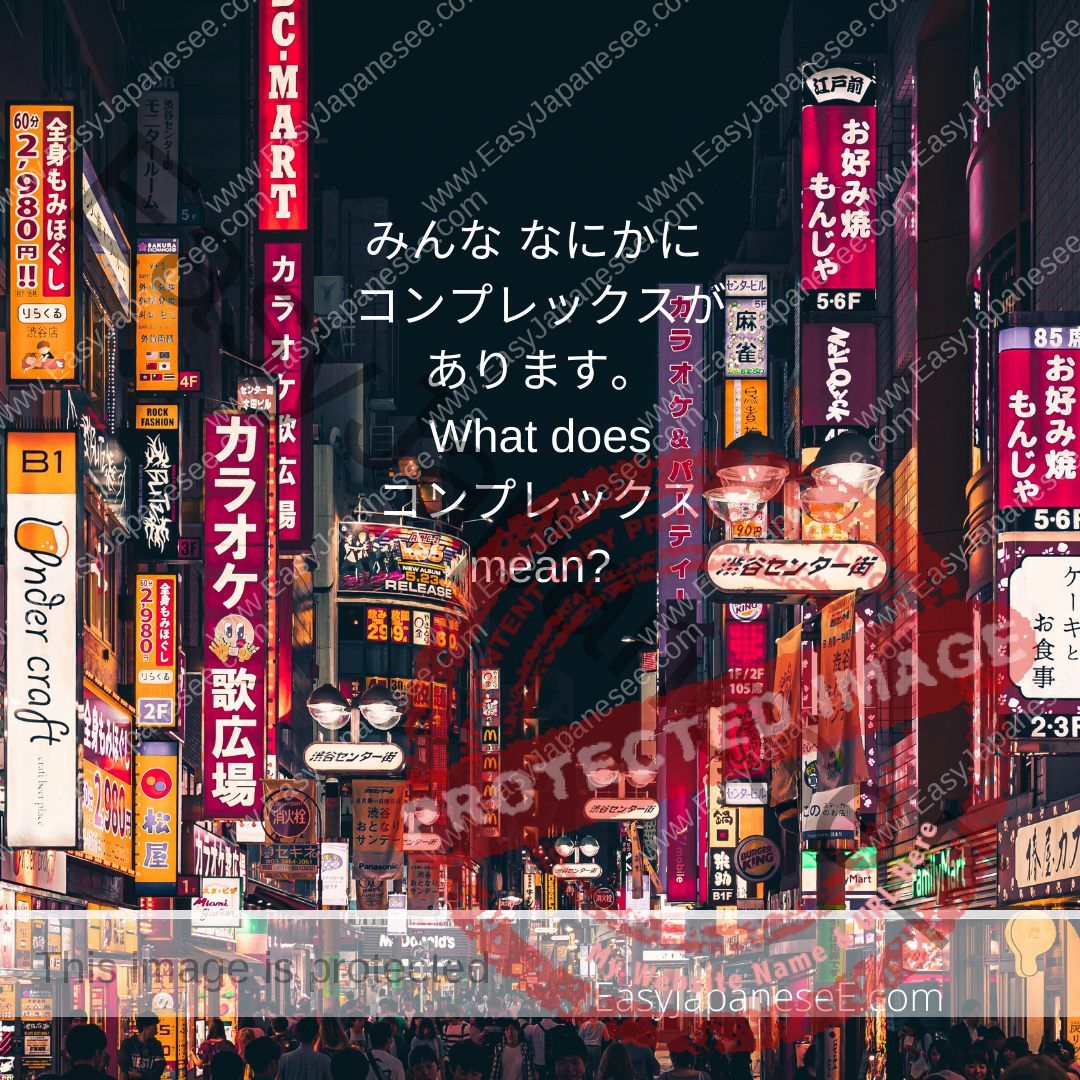
みんな なにかに コンプレックスがあります。
What does コンプレックス mean?
コンプレックス is originally a German word. Read on to find out what it means.
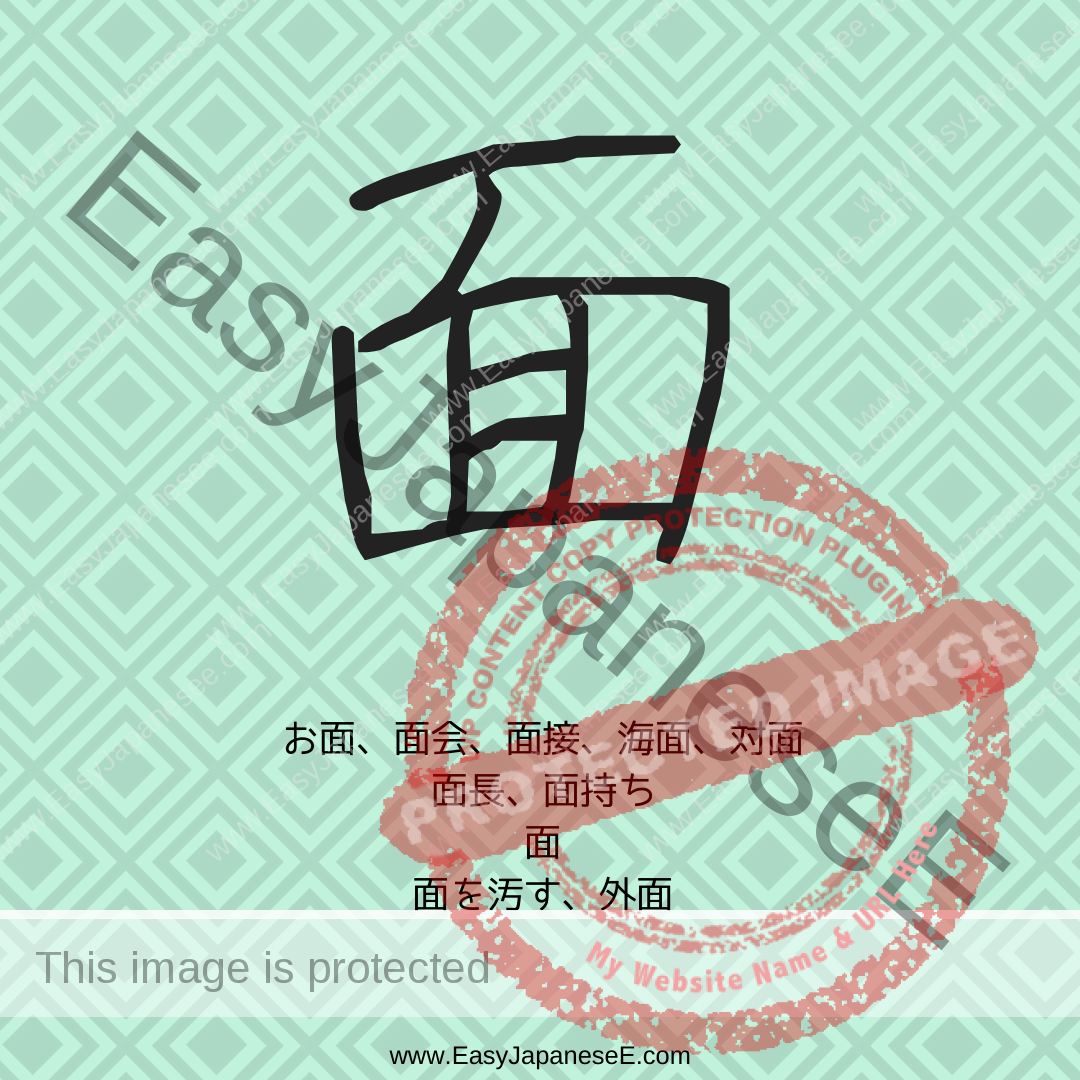
Today’s #kanji is #面, which makes its own radical, #めん, Some say it is a pictograph depicting the contour of a face and a neck. Others say it is a compound ideograph between the contour of the head/neck and a face-mask.
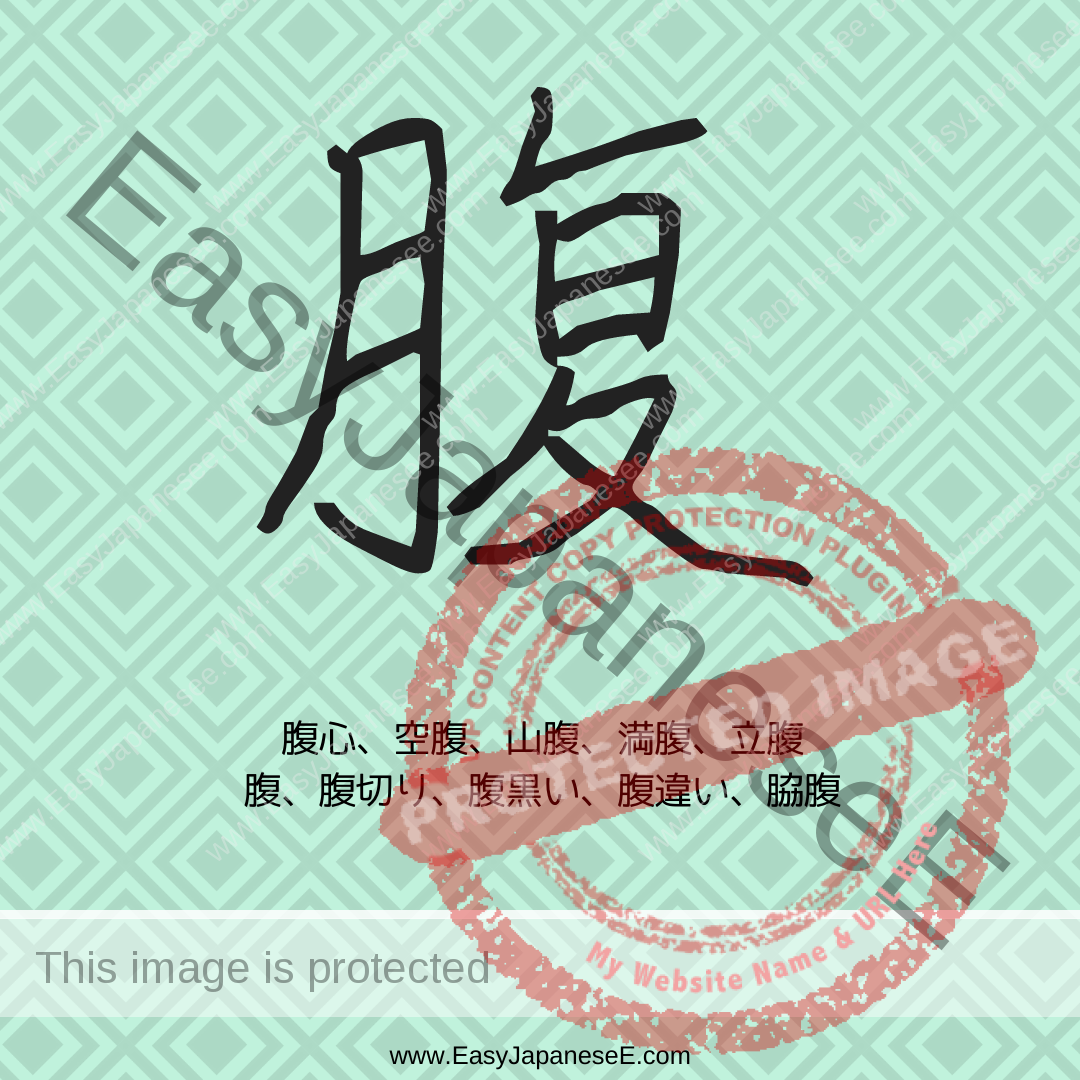
Today’s #kanji is #腹, which is made of its semantic element of #にくづき(月) and phonetic element of 复. 复 has a meaning of “to cover.” Do you know what it means then?
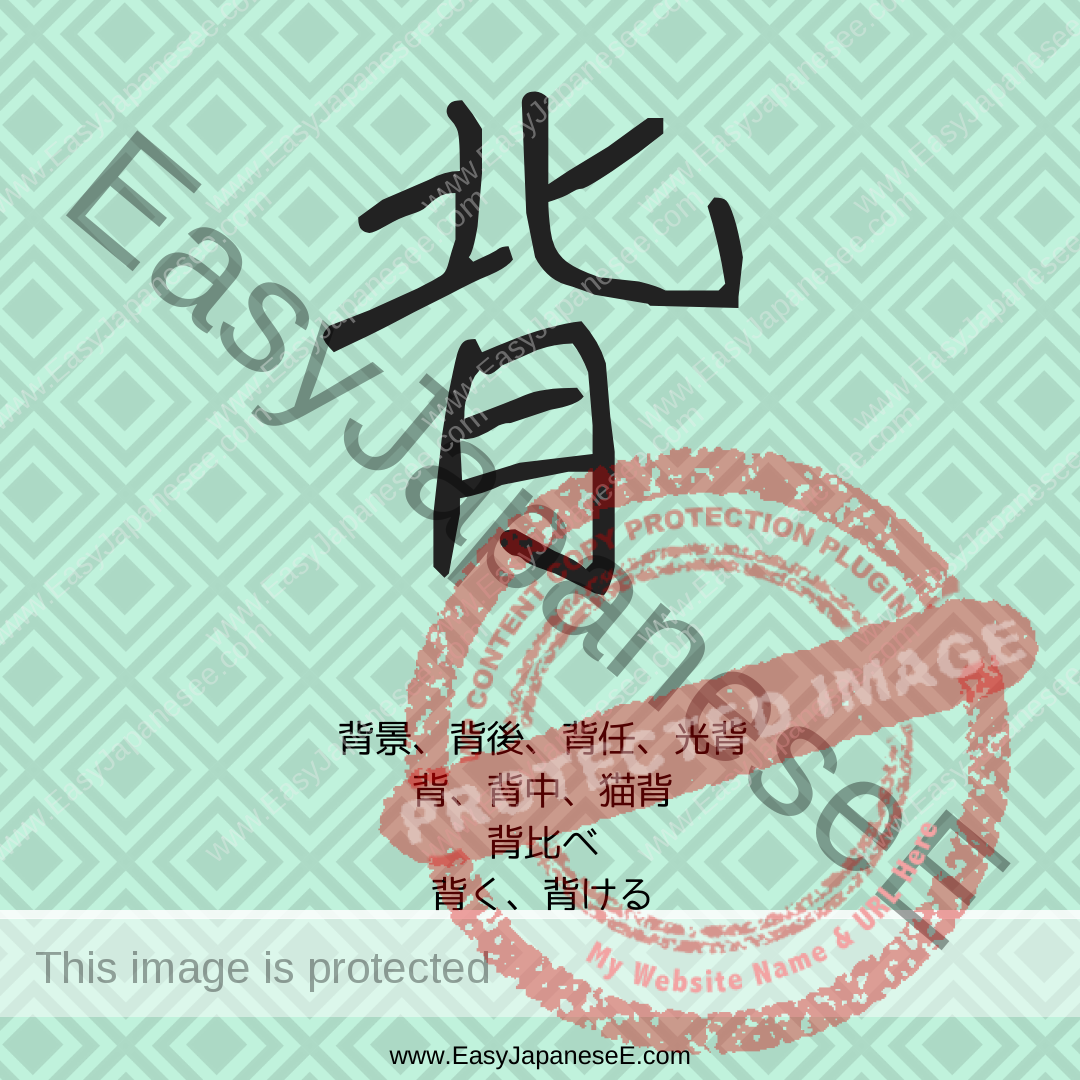
Today’s #kanji is #背, which is made of its semantic element of #にくづき(月) and phonetic element of 北, although 背 and 北 don’t share a sound.
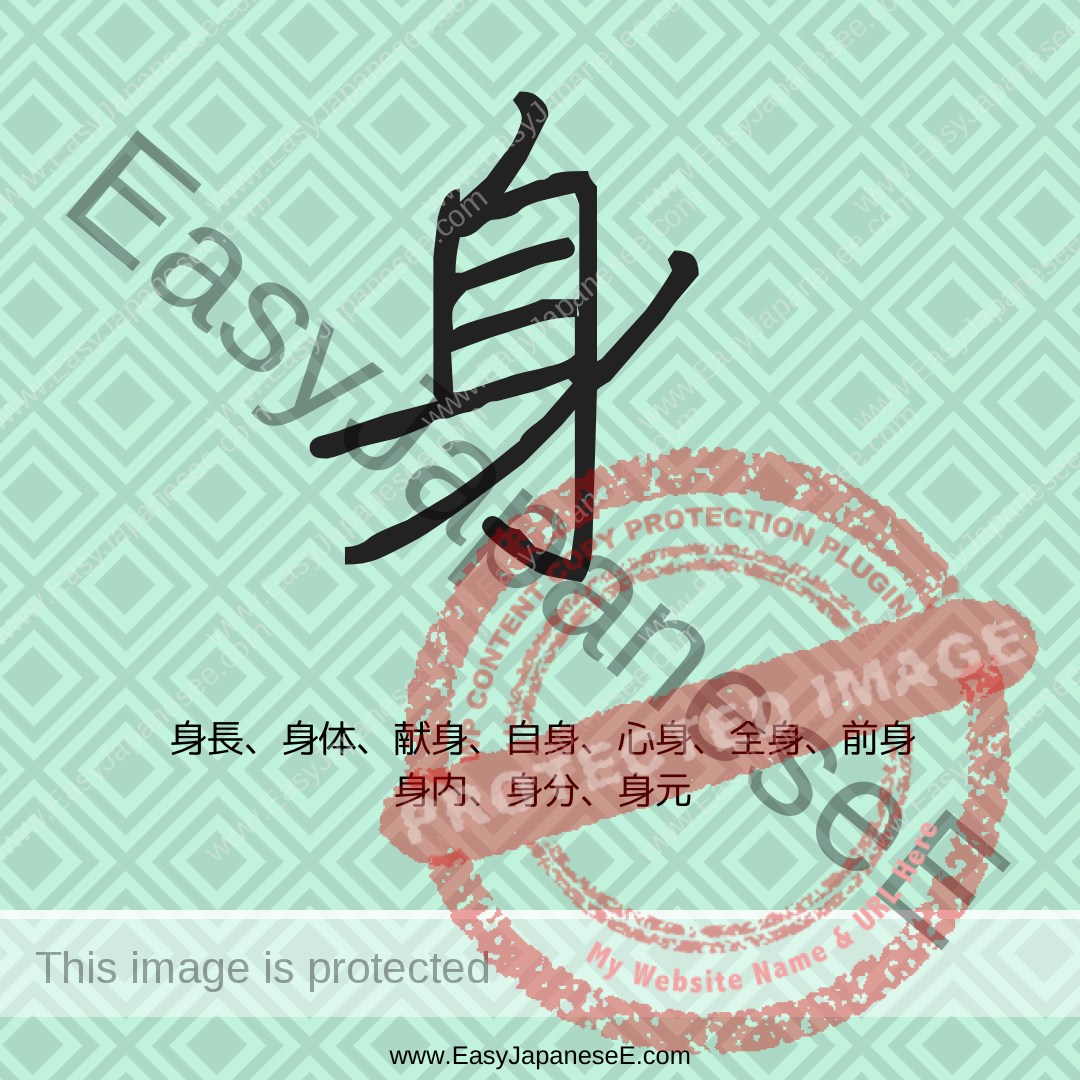
Today’s #kanji is #身, which makes its own radical #みへん. It is a pictograph depicting a pregnant woman.
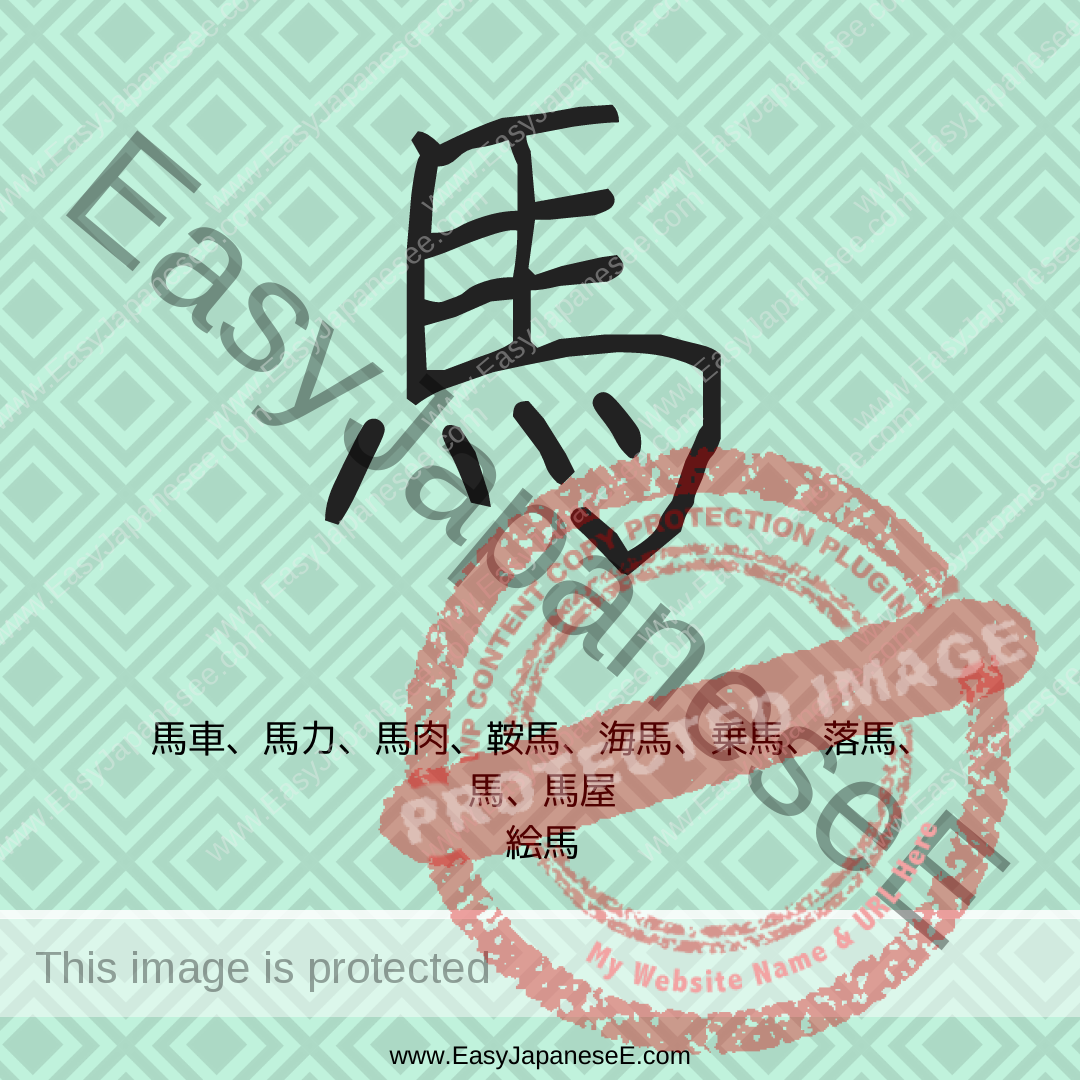
Today’s #kanji is #馬, which makes its own radical, #うまへん. It is a pictogram with a horse’s head, mane, tail and legs.
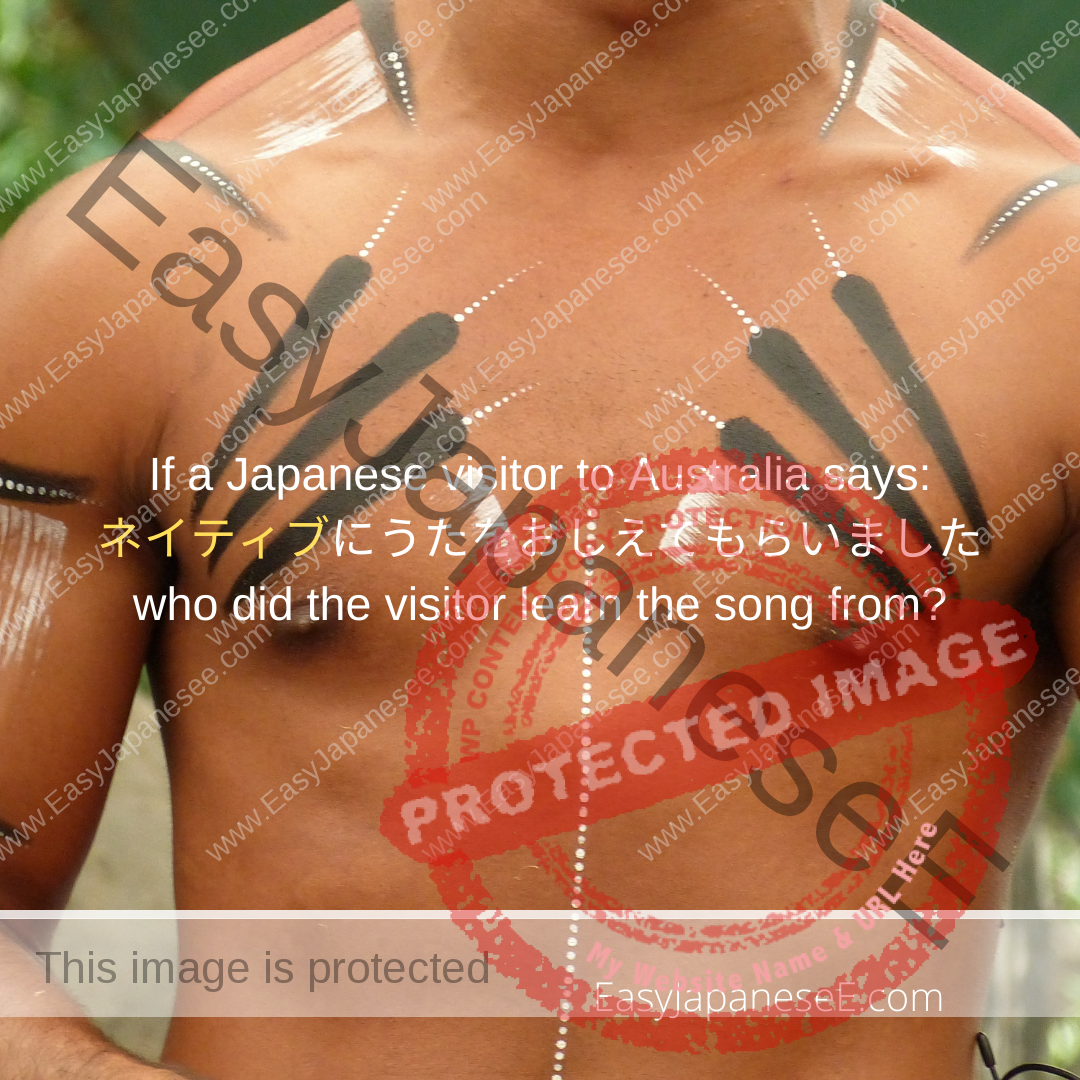
ネイティブ is the Katakana transliteration of the English word “native” but what it means is quite different from what Australian people think of “native.”
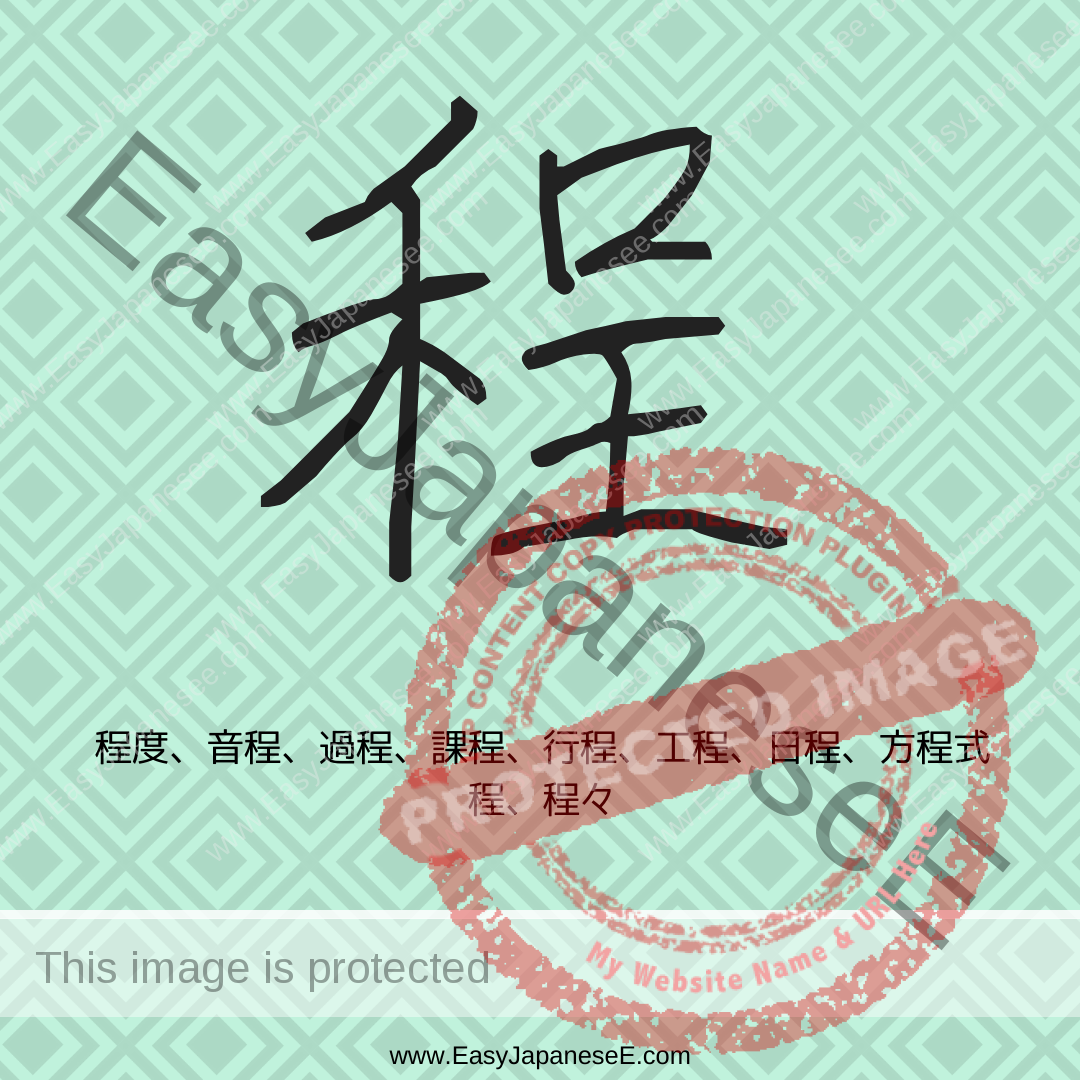
Today’s #kanji is #程, which is listed its semantic element of #のぎへん(禾). Its phonetic element is 呈. 禾 is for “grains” and 呈 has the same meaning as 第, an ordinal.
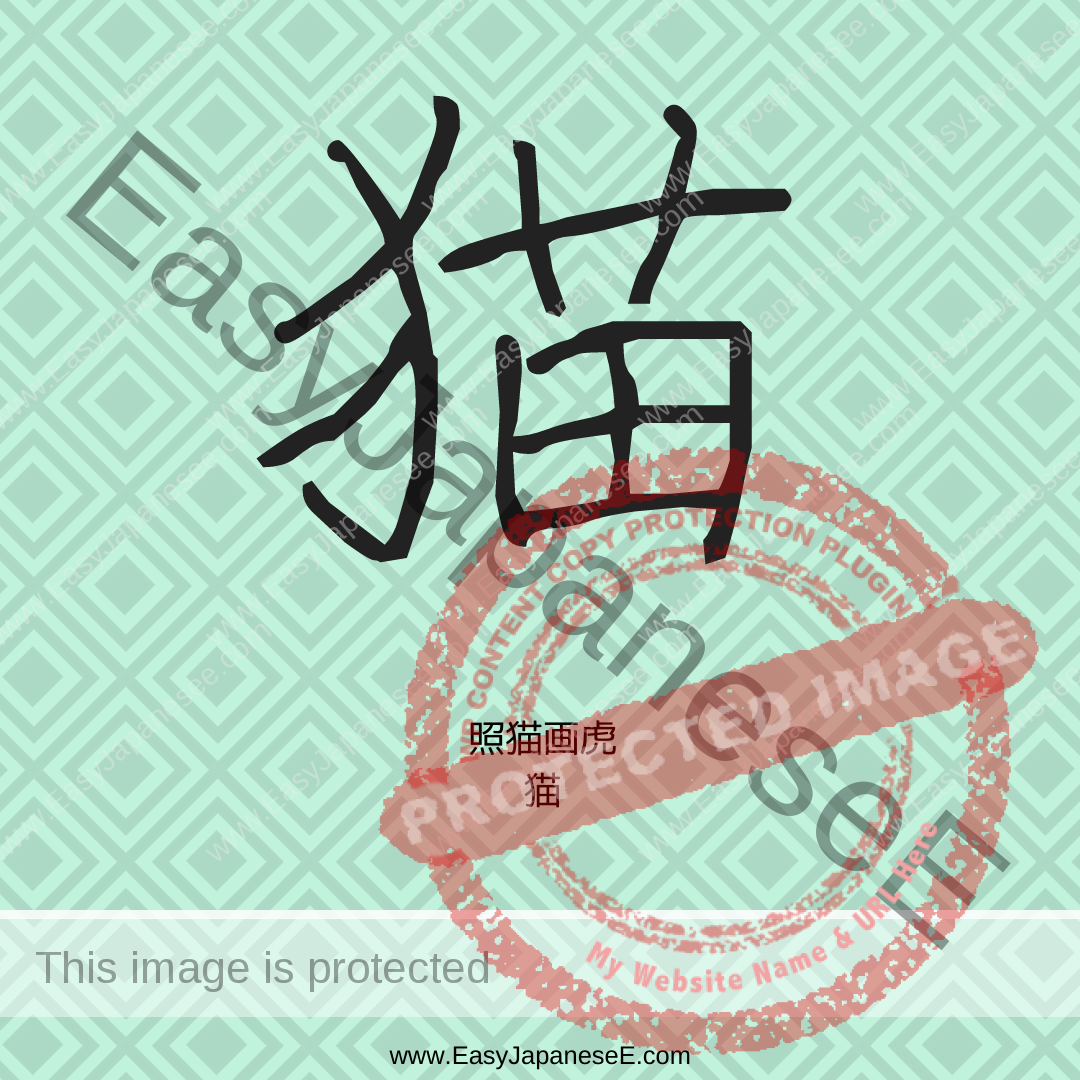
Today’s #kanji is #猫, which is made of its semantic element of #けものへん(犭) and phonetic element of 苗. So do you know the Onyomi for this character?
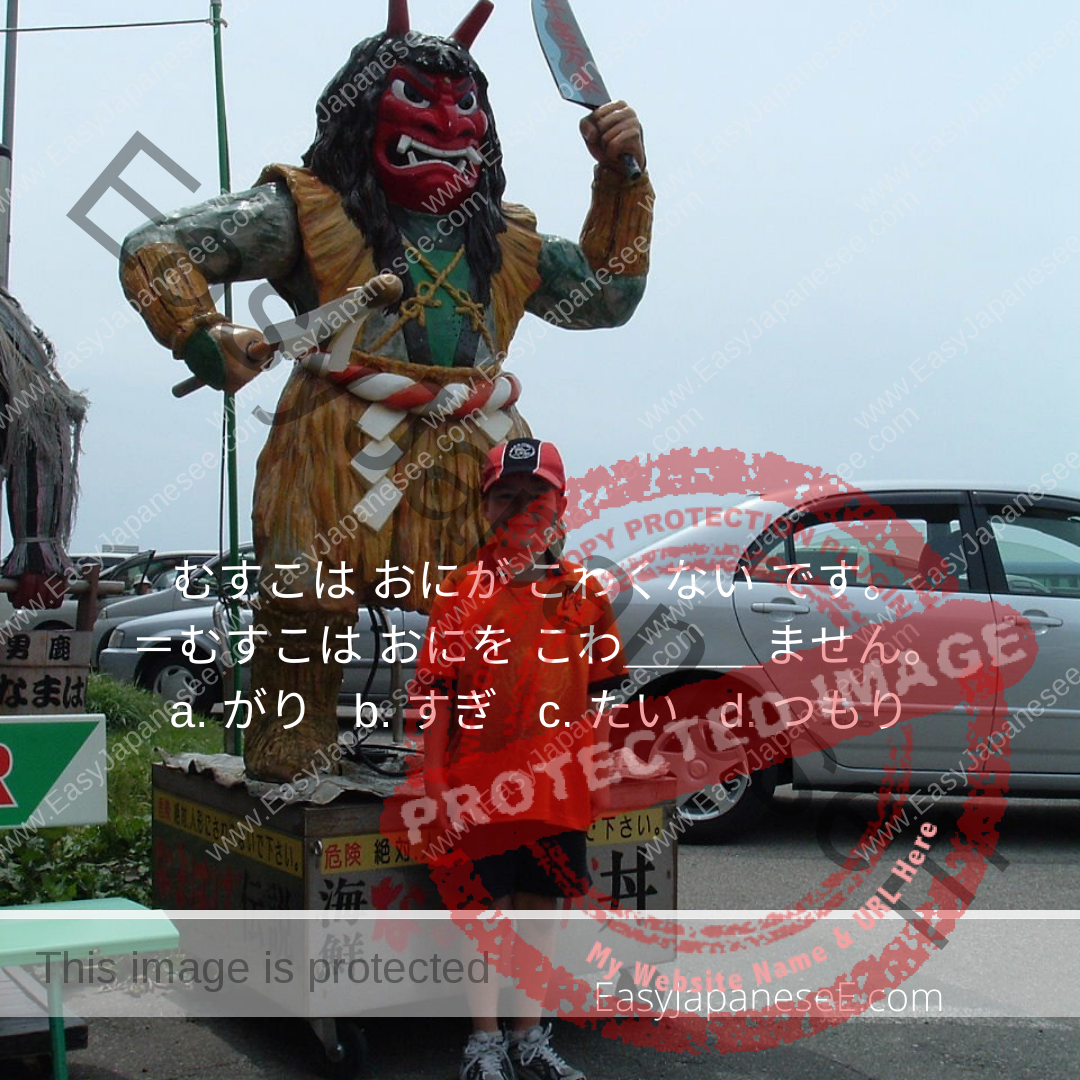
~がります is used when a person is acting out the feeling or condition described by the adjective, or pretending to be in the condition described by the adjective
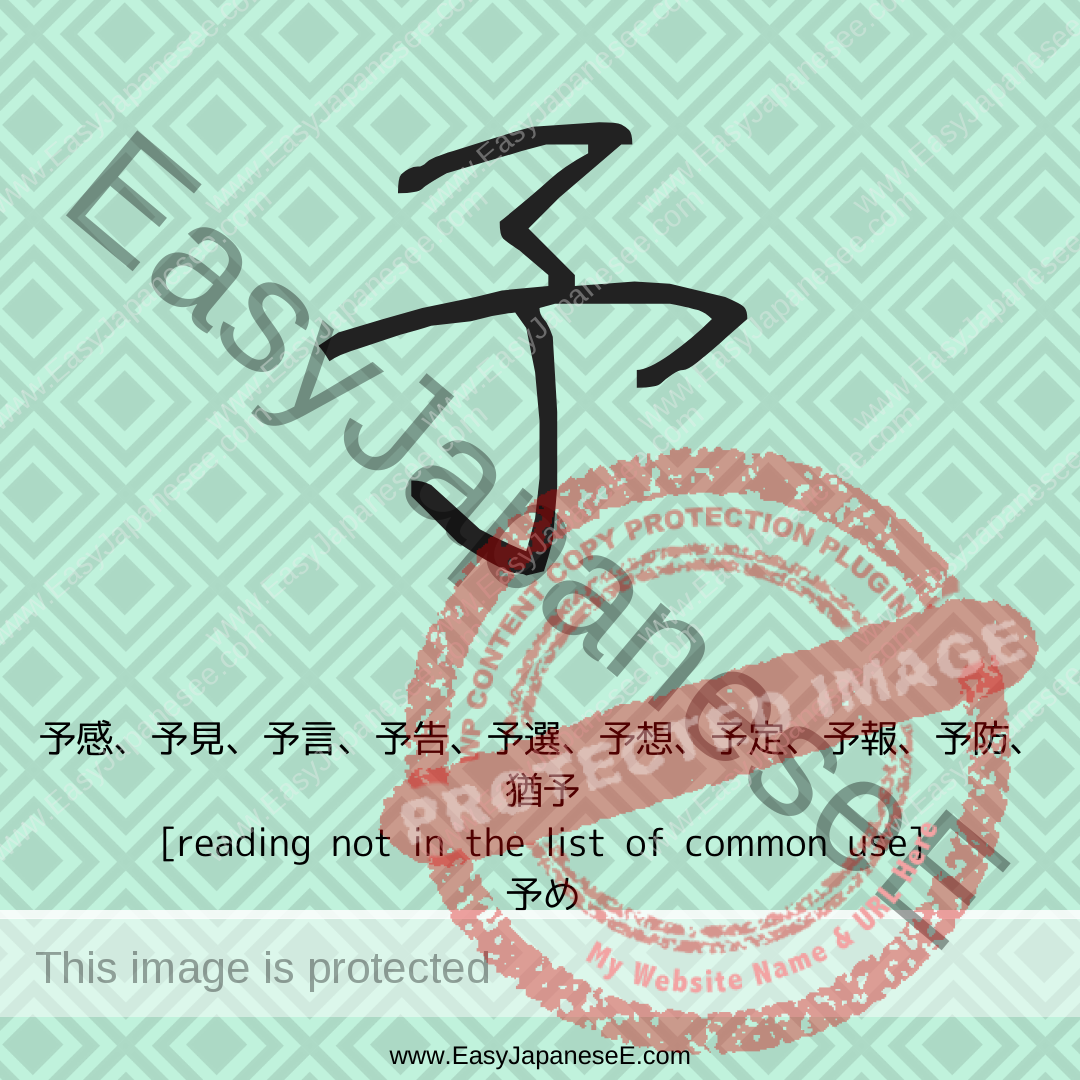
Today’s #kanji is #予, which is listed under the radical of #はねぼう(亅)and it is a pictograph depicting a hand forcibly giving things. Can you tell what each of these examples means?
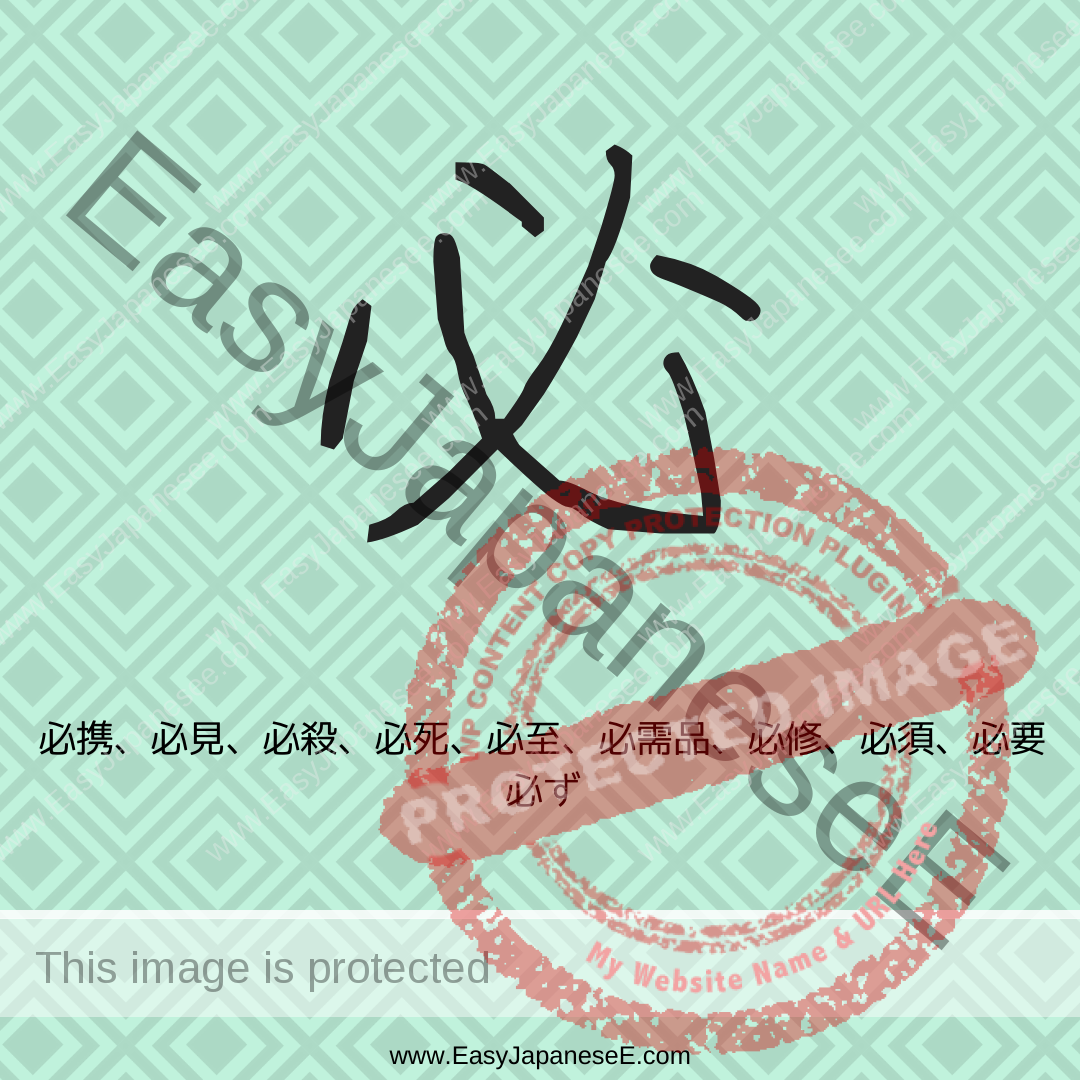
Today’s #kanji is #必, which is listed under the radical of #こころ(心) but its original form was made of its semantic element of 弋 (the original form of 杙) and phonetic element of 八, though 必 and 八 do not share a sound.
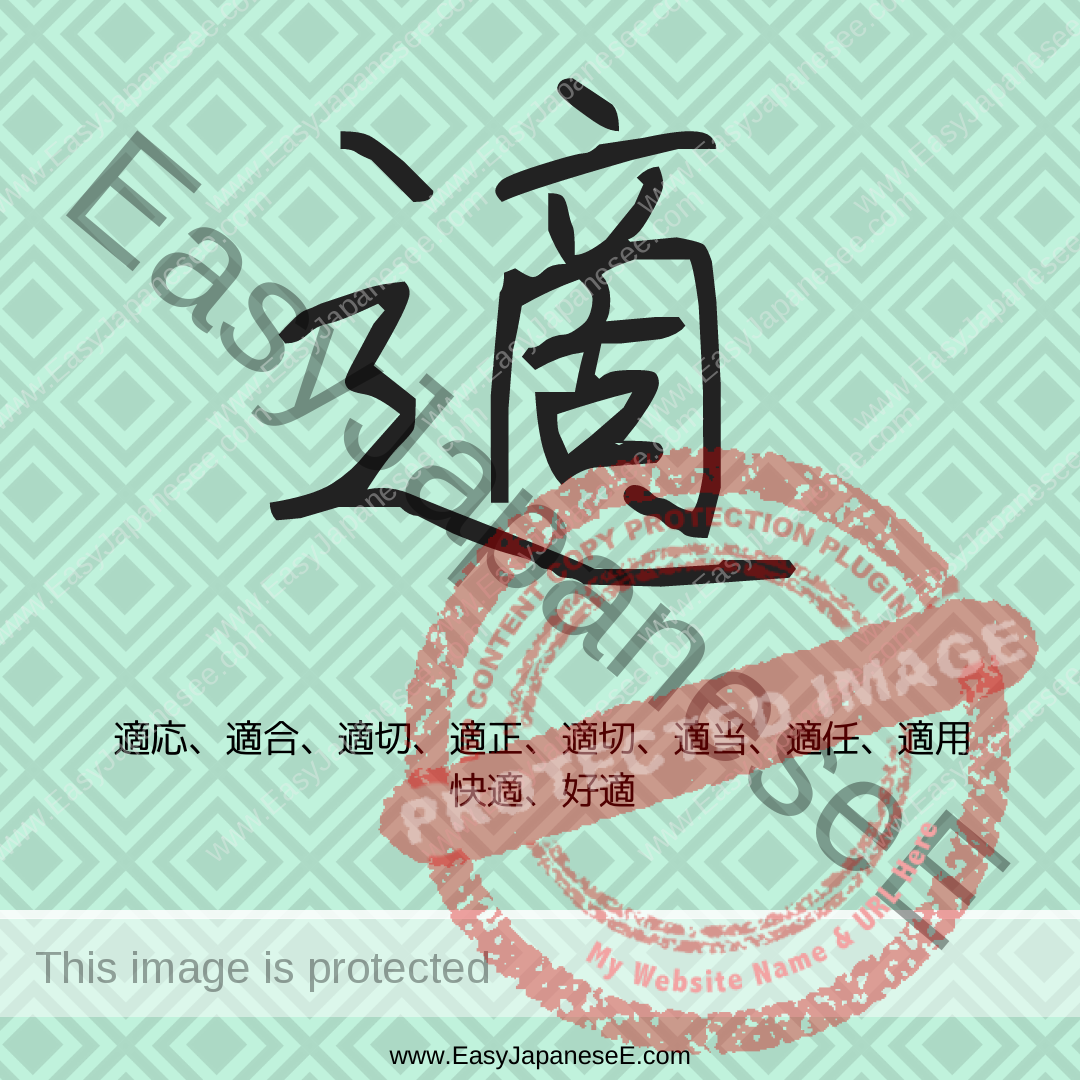
Today’s #kanji is #適, which is listed under the semantic element of #しんにょう(辶), which represents an association with roads. Its phonetic element is 啇 which means to go.
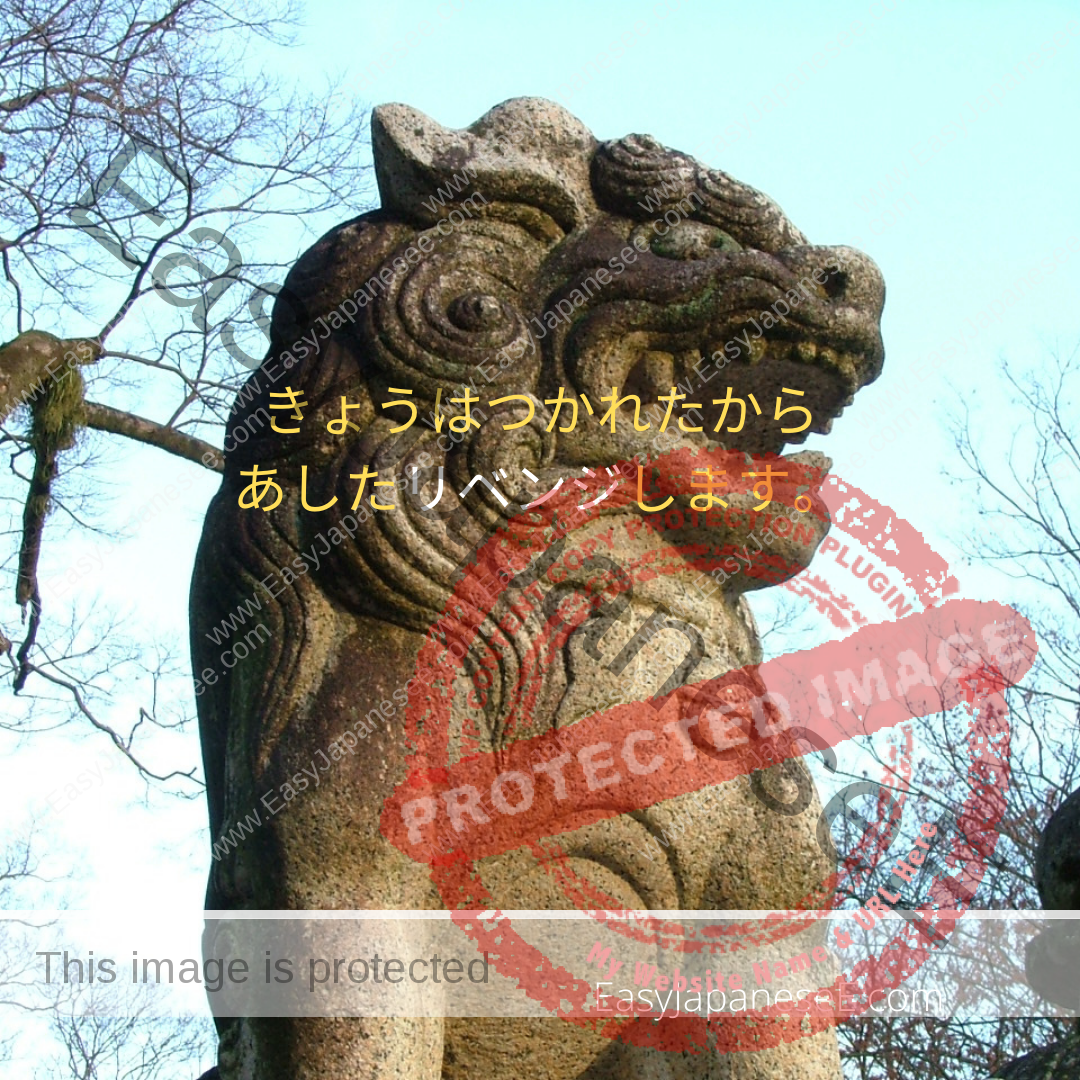
It seems the word リベンジ seems to have obtained a citizenship in Japanese. It is a transliteration of the English word, revenge, but do you know how it’s used in Japanese?
